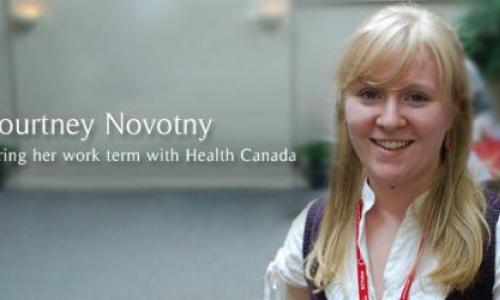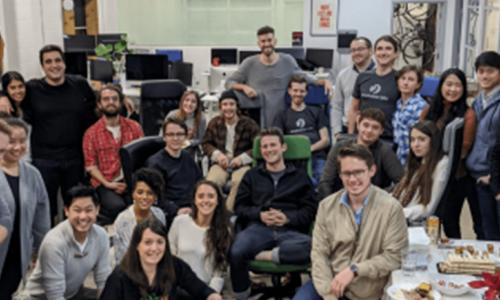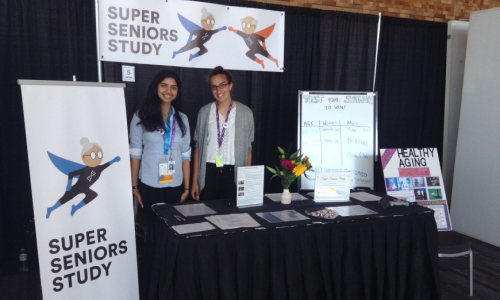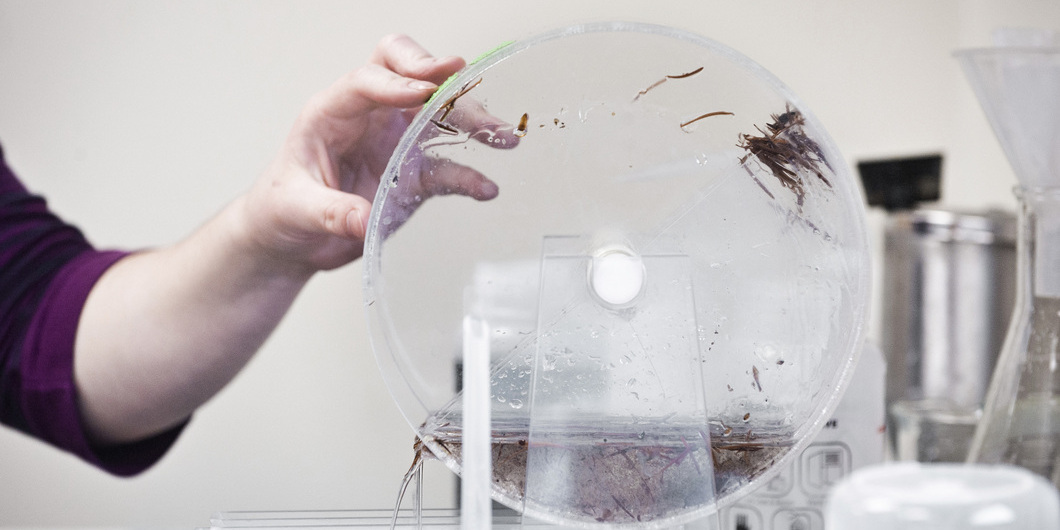
As promised, here is part two of my experience working as a co-op researcher with the Vancouver Aquarium’s Ocean Pollution Research Program (OPRP) to study microplastic pollution in the ocean. In part 1, I offered advice that I thought would be useful to students who have great academic backgrounds and know they are qualified for entry-level jobs, but may find difficulty getting hired due to a lack of “on paper” working experience. Here, I will give a summary of the problem of microplastics pollution and the work that the OPRP lab carries out to help inform solutions.
Microplastics are defined as pieces of plastics of any type that are 5mm or smaller in size. These include both primary microplastics which are deliberately manufactured to be small --a great example are the now-banned polyester or polystyrene microbeads used as exfoliants in cosmetics-- and secondary microplastics, formed by larger plastic items physically breaking down in the environment. Plastics do not chemically break down very quickly. You may have heard of new biodegradable plastics, but they still only make up a tiny portion of the total amount of plastic created. Instead, non-biodegradable plastics are broken down into smaller pieces by both normal erosion (waves, wind, etc.) and by the sun’s ultraviolet light- but chemically they’re still plastic, no matter how small the pieces.
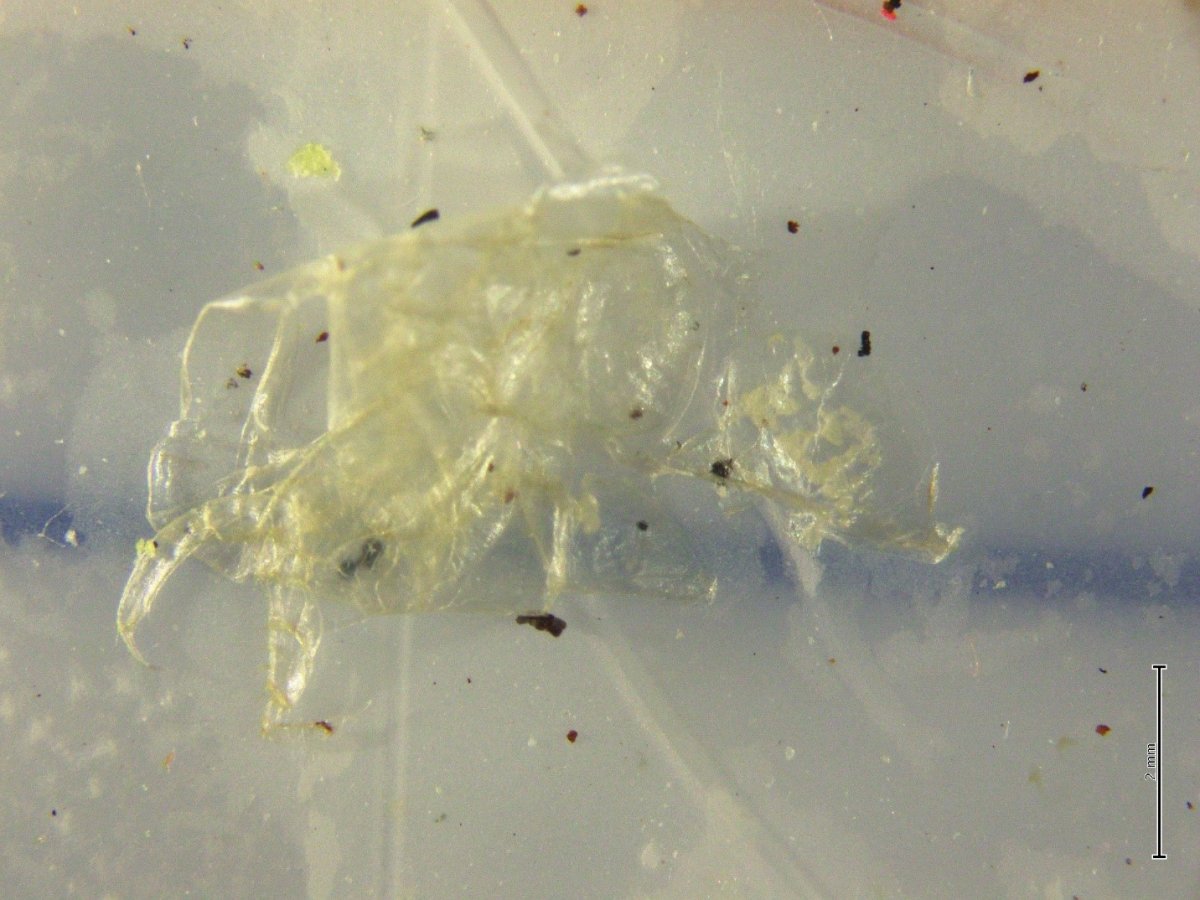
Microplastics are a serious pollution concern due to their ability to physically harm the smallest aquatic life. Plankton mistake microplastic particles for food, because they’re about the same size as what they naturally eat. Once they’re eaten by marine life, they can become lodged inside their stomachs, causing a variety of health problems such as gut obstruction and internal lacerations. Also, most plastics are hydrophobic substances- that is, they repel water. Unfortunately, many common pollutants that end up in the ocean from agriculture or industry are also hydrophobic, which means that they will tend to stick to the outside of microplastics because both substances want to be in contact with as little seawater as possible. This makes microplastics into a ‘sponge’ for toxic petrochemicals, and we are not yet certain if these pollutants transfer into the animals that eat microplastics. We do know that microplastics have already been found in some foods we eat, especially shellfish like mussels and clams, which have a very slow metabolism and a limited ability to expel them from their bodies.

One very significant source of secondary microplastics was only recently discovered: microfibers, which are shed from polyester and other synthetic garments during laundry and regular use. Many studies, including some by this lab, have found that these comprise 80% or more of all microplastics buoyant in seawater. They are especially difficult to find because they can slip through very fine meshes and sifters, even those used by scientists researching plankton. Many of them are less than 20 micrometres in diameter (there are 1,000 micrometres in one millimetre, and for comparison, human hairs are usually about 100 micrometres in diameter, and human red blood cells are around 8 micrometres wide). Our lab is trying to solve this problem by estimating the fraction of microfibers that get stuck in meshes, as opposed to passing through, so that we can work backwards to estimate how many were in an ocean water sample, to begin with.
Microplastics research is a relatively new field of study - methods are not standardized around the world - everyone counts them differently, describes them differently etc. This means we needed to either choose the best methods from elsewhere or create our own. This is challenging but also a great opportunity to make an impact on the body of research being carried out all around the world.
Besides helping to design our operating procedures and lab methods, my job has primarily been to extract microplastics from seawater samples and examine them under the microscope. We are concerned with answering several questions about microplastics, the answers to which can help inspire solutions to the problem:
How Many Particles Are Out There?
We count the numbers we find in seawater samples filtered from a known volume, usually around 30 litres, with a microscope and work backwards with simple math. With a dissecting microscope, we can see particles as small as 8 micrometres wide. When they are that small it is difficult to tell for sure what a particle is made of, but we have a solution for that which I’ll explain below.
What Types of Plastics Are They Made of?
We use a Fourier transform infrared spectrometer, which tells exactly what type of substance a tiny particle is by bouncing infrared light off of it and comparing its unique reflection to a library of known substances. Knowing what the particles are made of helps us understand how different types of plastic break down in the environment, which could give a clue to how long a particle has been exposed to the environment.
Where Are They Coming From?
Answering this is one of the most challenging goals of microplastics research, but it also holds the most promise for solving the problem. If we know where microplastics come from then it is much easier to stop more pollution getting into the ocean because we can point to the specific sources and ‘worst offenders’, i.e. this exact factory here or that overflowing treatment plant there. Since there are likely hundreds of trillions of plastic particles in the ocean, it is not feasible to go out and scoop them all up- the easiest solution would be to stop more from coming in.
Oceanic microplastic pollution is one of the more severe ecological problems in the world, and can seem overwhelming at times. However, I believe it is also one of the more easily solved. Besides better consumption habits and a change in our mindset of what counts as “disposable”, we can also use scientific research like that from OPRP to do some “detective work,” and arm ourselves with the ability to target our cleanup efforts in ways that will make the biggest difference for the lowest cost.
Beyond the Blog
-
To learn more about opportunities like Stephen's, visit the Environmental Science Co-op homepage.
-
Check out the Environment Co-op Blog to find more co-op reflections.









